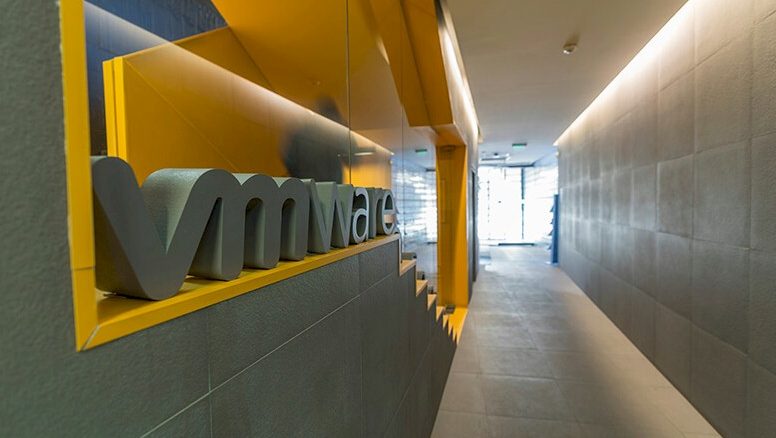
Software maker VMware has always been about tight partnerships with other tech vendors. When you are middleware between hardware and operating systems, you sort of have no choice. You need to support a diverse set of hardware below and a rich of operating systems and applications above.
During its early days as a pioneer in datacenter virtualization, the company worked with OEMs and component makers to ensure that its software was on the systems that were running most datacenters. Even after being acquired first by storage giant EMC in 2003 for $635 million and later, in 2016, when Dell bought EMC for $67 billion, VMware steadfastly maintained its relative independence and partnerships outside of Dell, even with most of the parent company’s competitors like Hewlett Packard Enterprise and Lenovo.
In recent years, as much of VMware’s focus – like that of much of the industry – shifted from the datacenter to hybrid clouds, the edge and modern technologies like Kubernetes and containers, artificial intelligence, machine learning and data analytics, the company deepened its existing partnerships and launched new ones.
The company has worked closely with Dell to offer its VMware Cloud Foundation platform on Dell’s VxRail hyperconverged infrastructure and has inked partnerships with such hyperscale cloud providers as Amazon Web Services (AWS), Microsoft Azure and Google Cloud. A year ago, Nvidia founder and CEO Jensen Huang and then-VMware CEO Pat Gelsinger (now the top executive at Intel) announced a multi-level partnership aimed at making AI more accessible to enterprises through VMware’s cloud stack and Nvidia’s GPUs.
Many of these partnerships are on display this week at the virtual VMworld 21 event. VMware had its own announcements, but much of the news coming out of the conference showcases the extent that partnerships will continue to drive VMware’s momentum, particularly after the company spins out of Dell. That is expected to happen in November – a move that VMware CEO Raghu Raghuram has said will drive greater strategic flexibility and financial growth.
Dell owns about 81 percent of VMware stock and the two companies announced the decision in May. Michael Dell and private equity firm Silver Lakes Partners will retain 41 percent of VMware stock.
At VMworld, Raghuram and others unveiled a number of new and enhanced offerings for organizations that want to move more into the cloud and to the edge and to embrace cloud-native technologies. The company’s two-year-old Tanzu Kubernetes platform was a focus for VMware, which sees Tanzu as a more flexible alternative to Red Hat’s OpenShift.
The Tanzu Community Edition is a way of getting the Kubernetes platform into the hands of more developers and DevOps engineers. The open-source offering is free, easy to install on on-premises workstations or in the public cloud. It’s the same open-source software that used in the commercial editions of Tanzu, according to Dormain Drewitz, senior director of product marketing for Tanzu.
At the same time, VMware is offering a free starter tier of the Tanzu Mission Control Kubernetes management tool as a software-as-a-service (SaaS) offering.
“We need to make it easier for folks to get started with Kubernetes and Kubernetes is at the core of much of what Tanzu brings to the table,” Drewitz said during a virtual press conference prior to the show opening. “What we’ve seen in the last two State of Kubernetes reports that we’ve done is that a lack of experience and expertise with companies is the number-one barrier and challenge to adopting it as a as a platform for running cloud-native applications. This is something that a lot of folks really learn by doing. That’s how practitioners want to get started and they want to be able to touch things, try it out, play with it. But if they’re exposed to having to pull everything together across the entire ecosystem, the cloud-native content landscape is vast and it really has a learning curve.”
VMware also is adding an array of enhancements to Tanzu Application Platform, which was introduced early this year in beta and will include more security, making it easier to integrate Kubernetes and existing tool chains, a source controller for creating or updating workloads for a local source code and Convention Service to enable platform operators to configure policies for deployed workloads to be best practices for all workloads. Tanzu also will be available as part of VMware’s Cloud Universal flexible infrastructure subscription offering.
In a nod to VMware’s partnerships with Nvidia and cloud providers, the company also is enabling Tanzu Kubernetes Grid to support GPUs in vSphere, AWS and Azure.
In the cloud, VMware’s vRealize Cloud Management tool will now provide ways to more easily provision, monitor, optimize for capacity and cost and drive network visibility in multi-cloud environments. With AWS, VMware is making Tanzu Services available on its VMware Cloud on AWS via a fully managed service, with other cloud partners coming in the future. At the same time, VMware Cloud on AWS will be coming to AWS’s Outpost infrastructure aimed at on-premises and edge sites, enabling enterprises to run the cloud services in their datacenters with access to more than 200 AWS services.
Similarly, VMware Cloud will be available as an infrastructure-as-a-service managed by Dell as part of the OEM’s Apex as-a-service platform. It’s currently in private preview and will enable organizations to deploy pre-configured cloud instances in their datacenters, at a colocation facility or at the edge.
VMware’s upcoming Cross-Cloud services, part of the its Project Arctic effort, will enable enterprises to select the services they want to run on whatever cloud they choose. VMware partners with the top public clouds, including Oracle Cloud and IBM Cloud and 4,000 partner clouds. With the new services, organizations can create and deploy cloud-native apps, roll out infrastructure and manage and secure their cloud environments.
Nvidia and VMware also pulling together the GPU maker’s AI Enterprise software suite VMware’s vSphere and Tanzu platform to enable organizations to run AI workloads in containers managed by Kubernetes. Expanding the availability of AI technology to larger numbers of enterprises has been a key objective for Nvidia in recent years and a key part of the reason the two companies launched their partnership a year ago.
AI Enterprise, announced in March, is designed to offer organizations the software and other tools needed to run AI applications, which can now be deployed as Kubernetes cluster in datacenters. Less Caswell, vice president of product marketing at VMware, told journalists that adding containers capabilities to AI workloads “is one of the ways that we’re helping bring AI in more quickly into the enterprise environment where we see the need for enterprise resiliency [and] quality of service. These things are now important ways to make AI mainstream and business-critical.”
John Fanelli, vice president of enterprise product management at Nvidia, noted that the engineering teams of both companies are aligned and that the goal “is to really make sure that we deliver customers [a] fully functional AI platform … so adding to Kubernetes grid is a fantastic capability.”
Nvidia also is expanding its early access program for VMware’s Project Monterey to Lenovo users. VMware announced Project Monterey a year ago and it went into early access in August. The infrastructure project is aimed at delivering a consistent platform for distributed computing environments running AI and machine learning workloads that leverage data processing units (DPUs) like Nvidia’s BlueField chips. The list of servers in the early access program now includes Lenovo’s ThinkAgile VX and ThinkSystem ReadyNode.
Going beyond clouds is VMware Edge, a collection of new and existing software that is designed to make it easier for enterprises to run, manage and secure workloads at the edge. It includes Edge Compute Stack, a virtual machine- and container-based offering for running, securing and managing edge-native applications at the far edge. The company also is working on another version of Edge Compute Stack for lightweight apps at the thin edge.

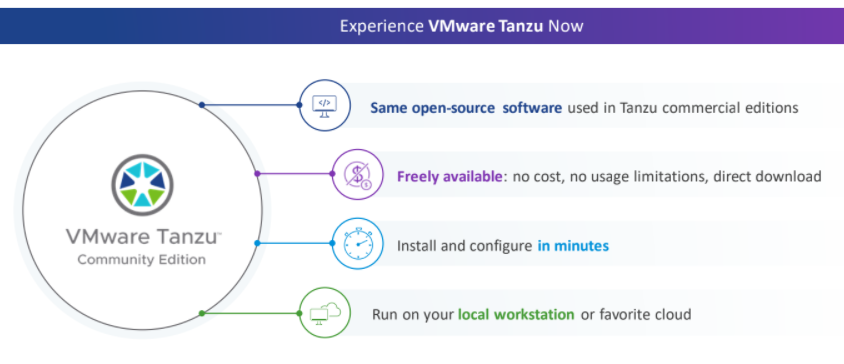
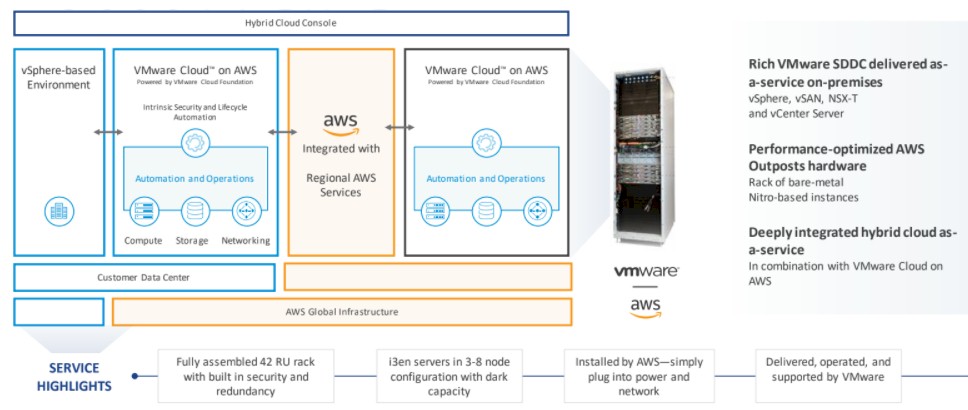
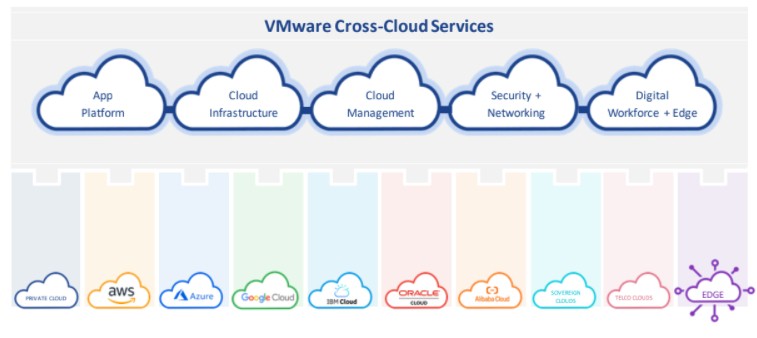
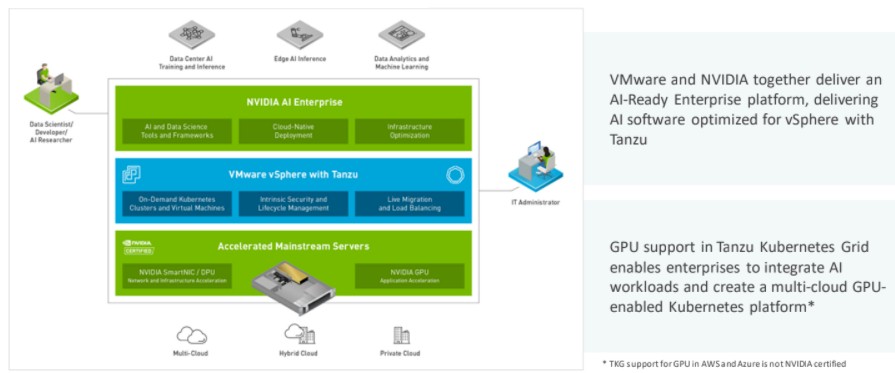

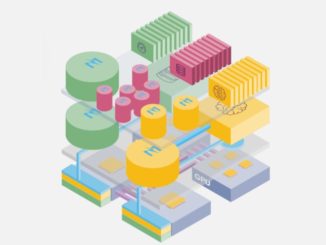
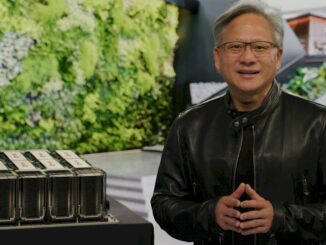
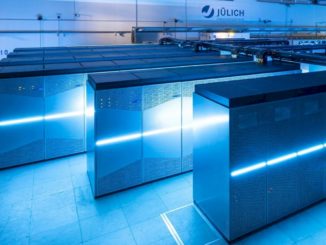
Be the first to comment